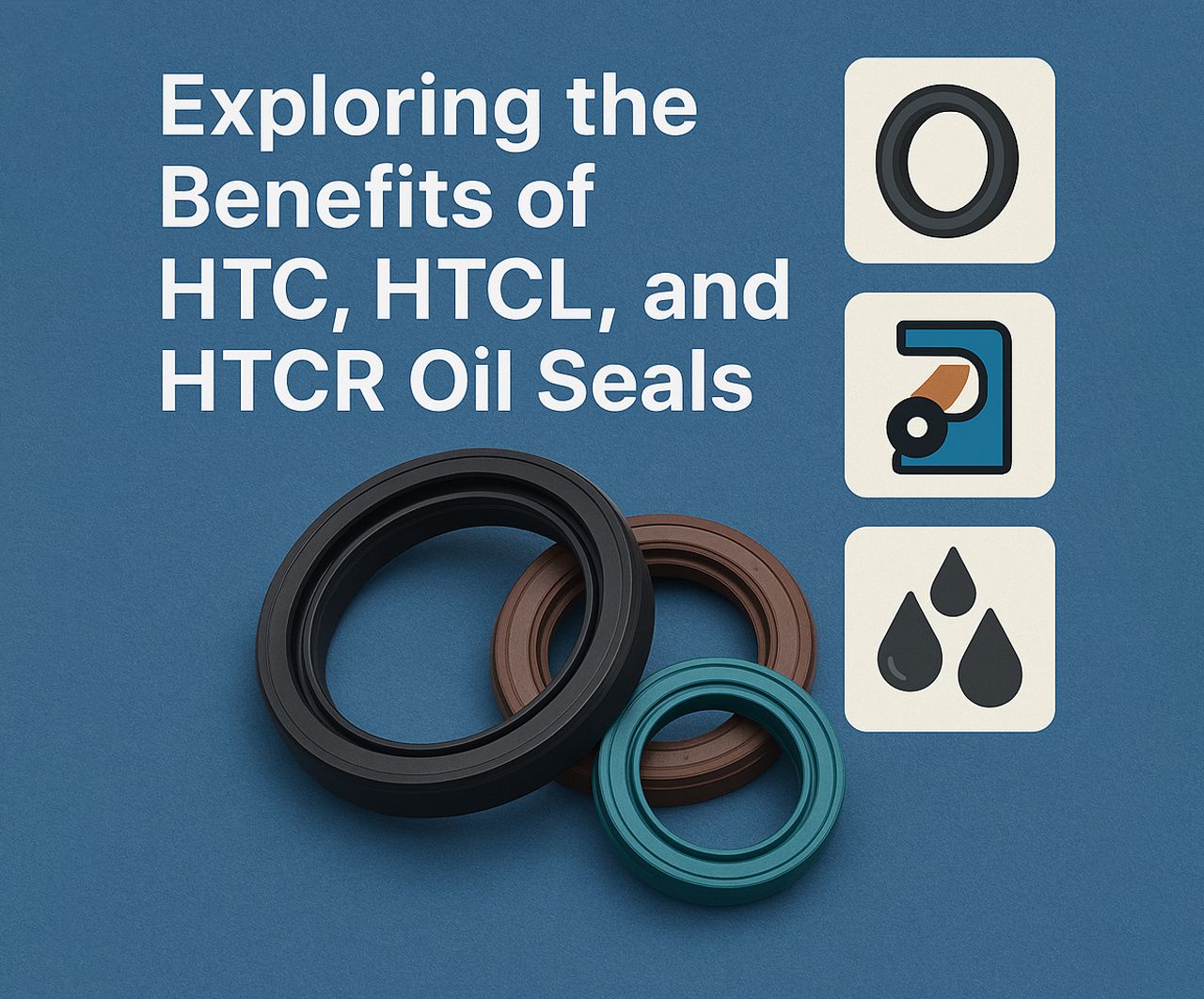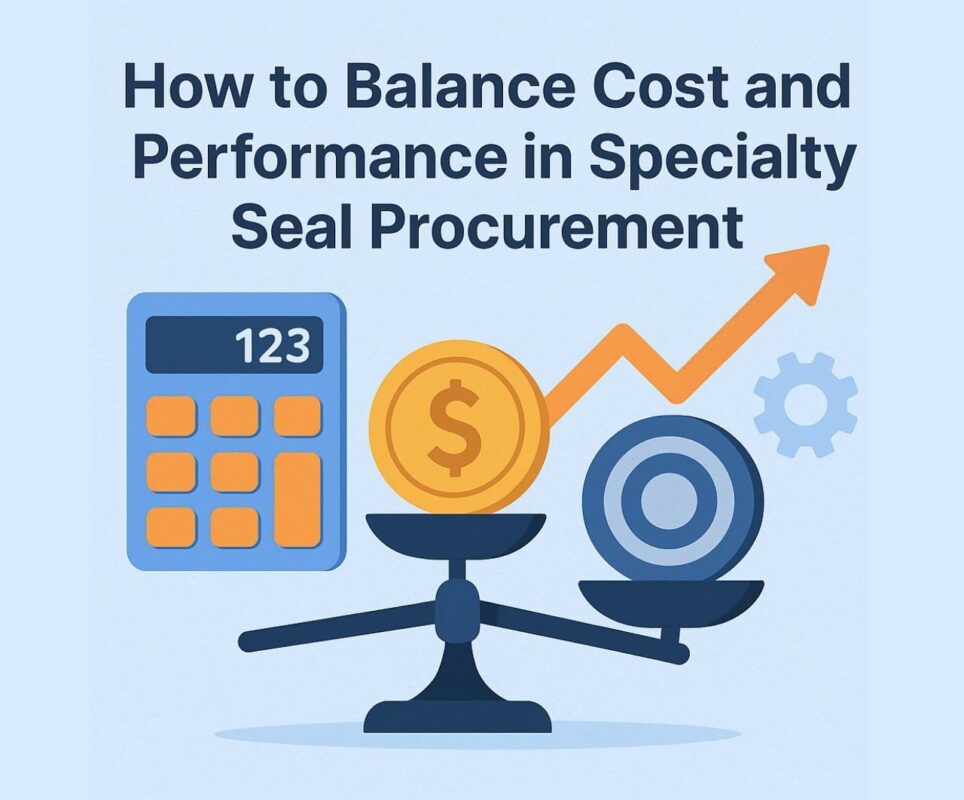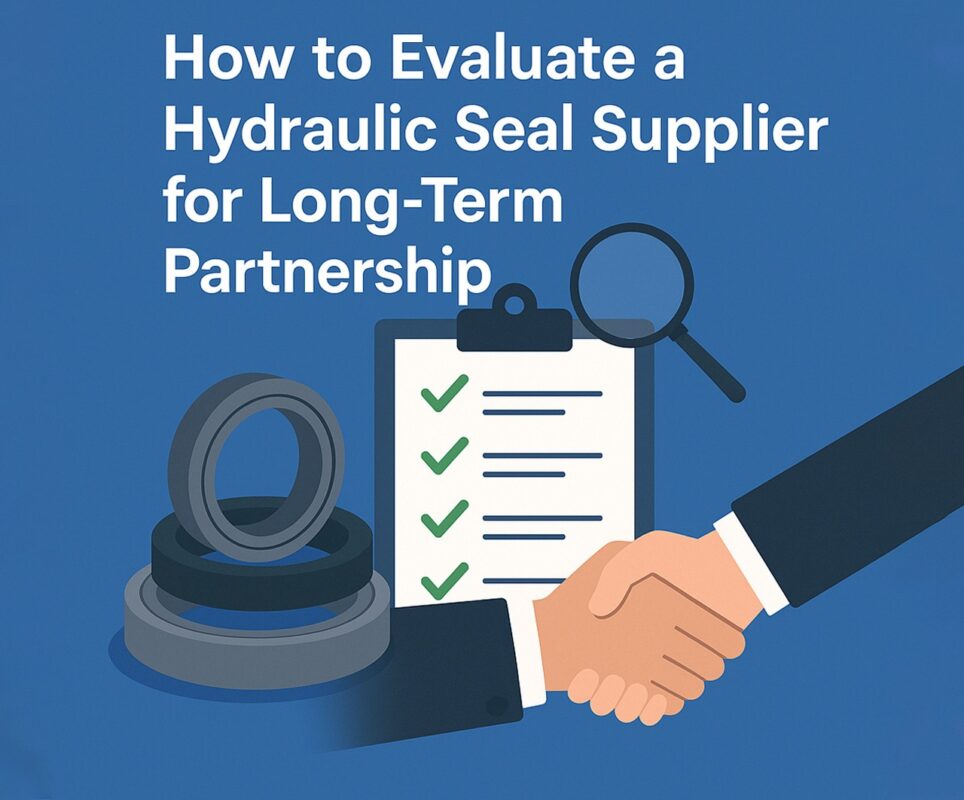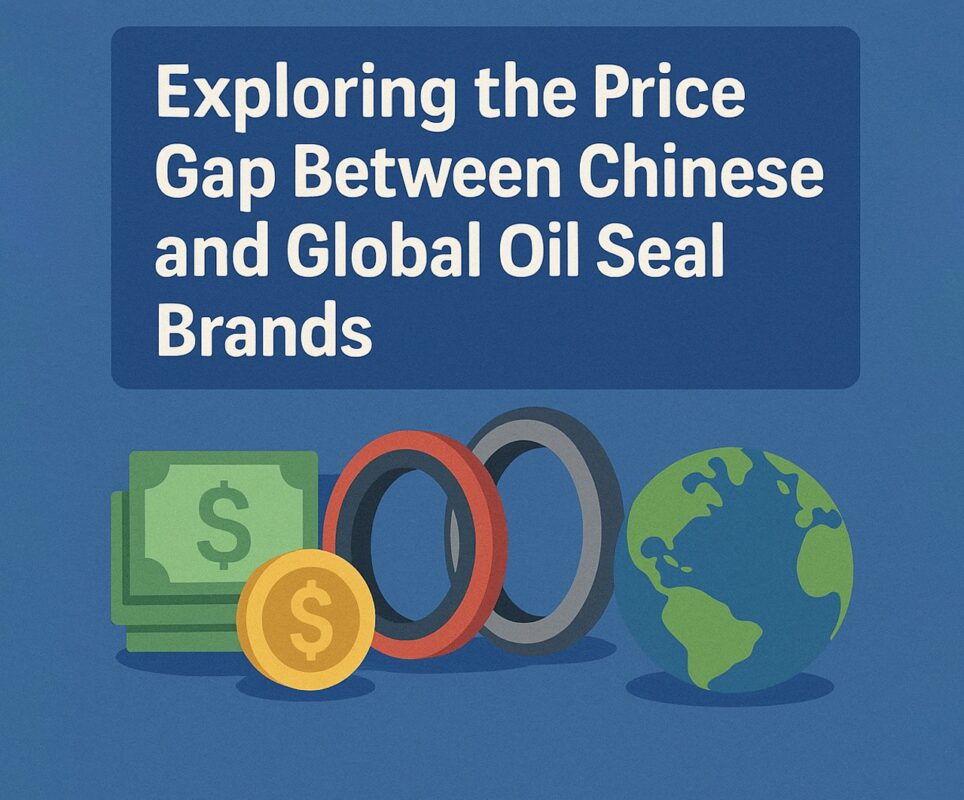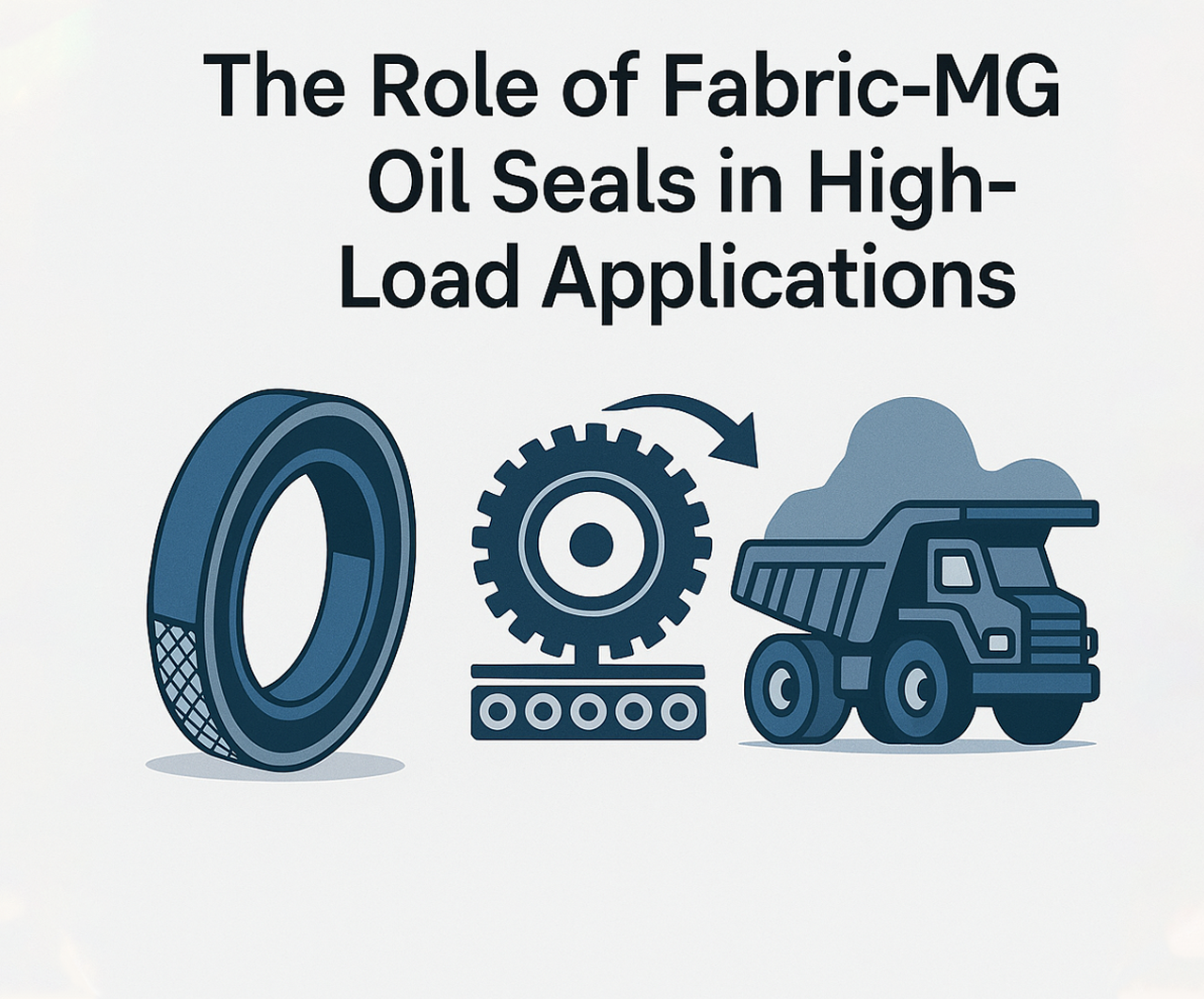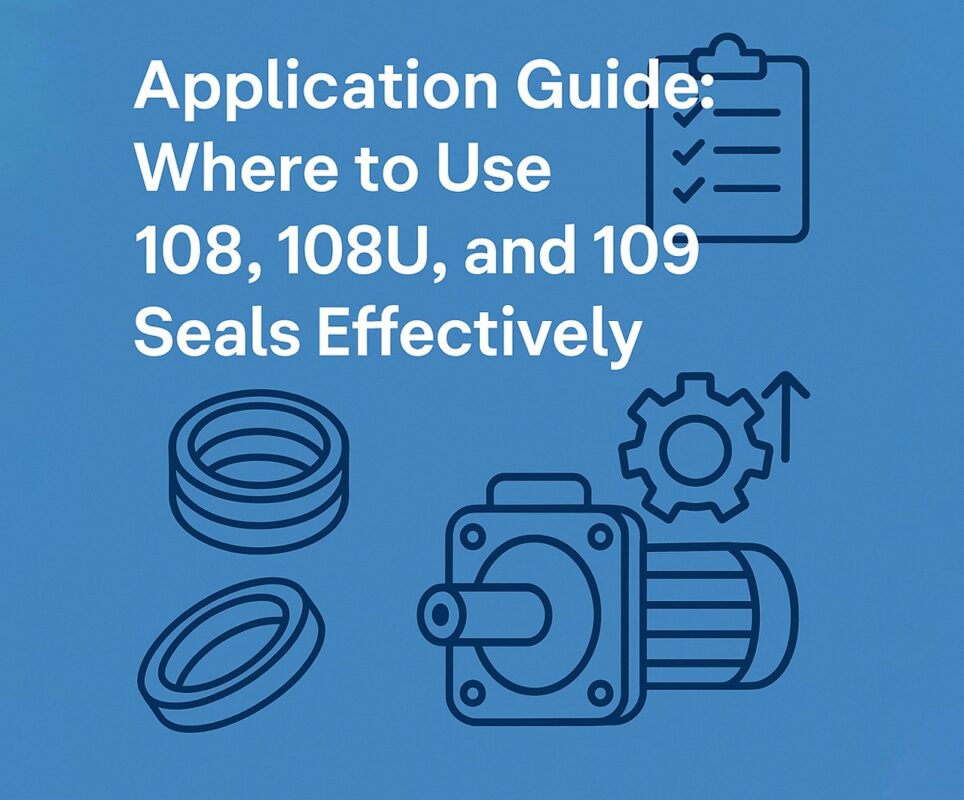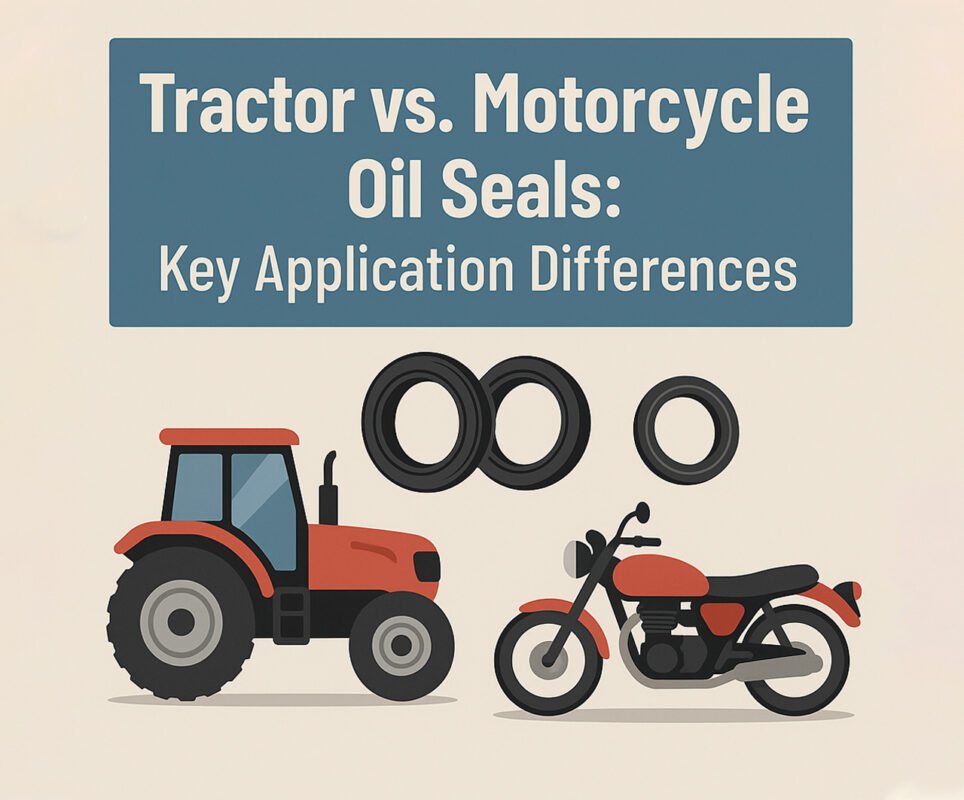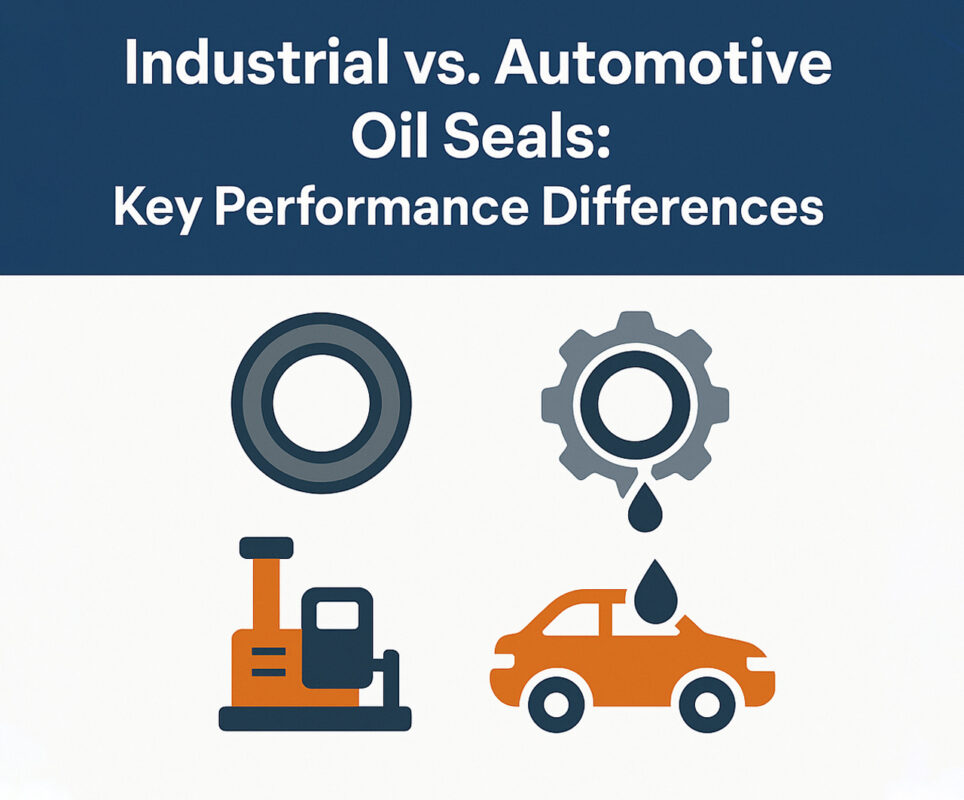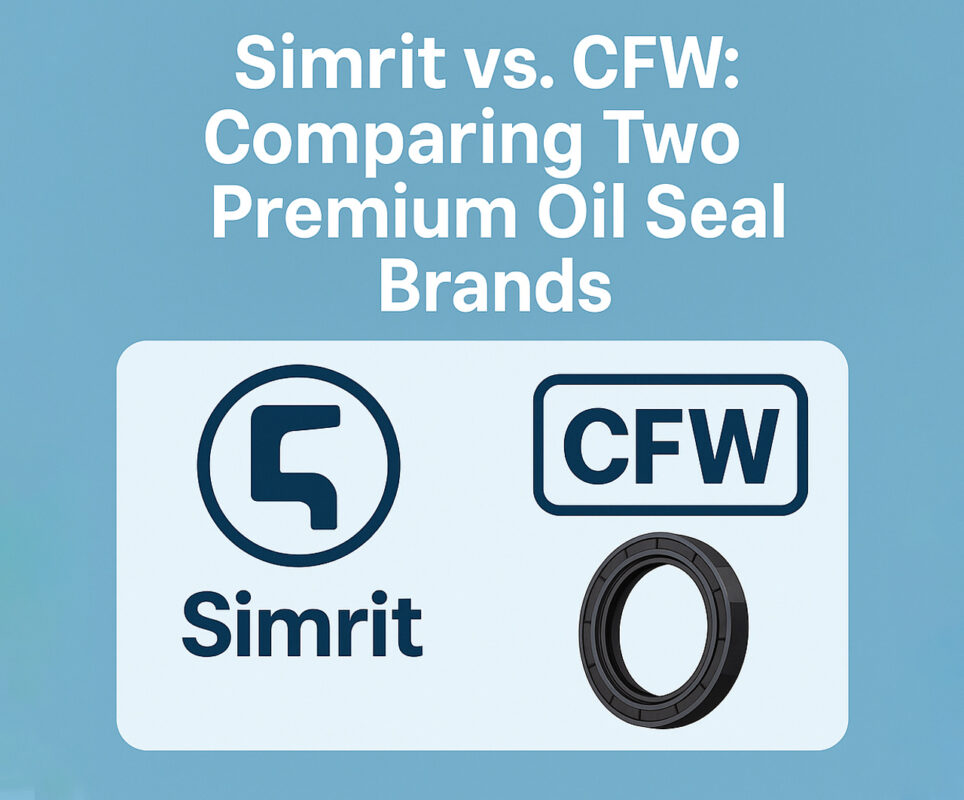In the realm of industrial mechanics, precision and performance are key. Whether in heavy machinery, automotive systems, or high-speed engines, components must withstand extreme conditions and continue to operate efficiently. That’s where HTC, HTCL, and HTCR oil seals come into play. These advanced sealing technologies are revolutionizing the way manufacturers and engineers think about longevity and performance. And with the increasing demand for quality rubber oil seal, hub oil seal, and oil ring seal products, understanding the benefits of these innovations is more important than ever. Know more..
Understanding Oil Seals: What Do HTC, HTCL, and HTCR Stand For?
Before diving into the advantages, let’s define what HTC, HTCL, and HTCR mean in the context of oil seals:
- HTC (High Temperature Compound): Designed to endure high thermal stress, HTC seals are ideal for environments with elevated temperatures.
- HTCL (High Temperature Compound with Low Friction): These offer high heat resistance plus improved efficiency by reducing friction, extending machinery lifespan.
- HTCR (High Temperature Compound Reinforced): This version includes reinforcement for added strength, perfect for high-pressure or abrasive applications.
Each of these designs caters to specific industrial demands while delivering superior sealing capabilities.
Why High-Performance Oil Seals Matter
High-quality rubber oil seal solutions are critical to preventing leaks, minimizing contamination, and ensuring operational safety. In fields like manufacturing, agriculture, transportation, and aerospace, a small leak can mean big trouble. These seals protect bearings, shafts, and other components, creating a reliable barrier between lubricants and external contaminants.
HTC, HTCL, and HTCR seals bring several enhanced features to the table:
- Superior thermal resistance
- Enhanced durability in high-stress environments
- Lower maintenance costs
- Better environmental protection
Benefits of HTC Oil Seals
HTC seals are built for environments where heat is the biggest challenge. These rubber oil seal types perform under sustained exposure to temperatures that would compromise standard seals. Key advantages include:
- Thermal Stability: HTC materials can withstand heat levels up to 300°C, making them perfect for engines, turbines, and industrial ovens.
- Improved Safety: Preventing oil breakdown and seal failure reduces fire hazards and operational risks.
- Longevity: With longer service life, these seals reduce the need for frequent replacements and maintenance shutdowns.
Benefits of HTCL Oil Seals
Where efficiency and heat resistance are both priorities, HTCL oil seals shine. Their low-friction design makes them ideal for rotating machinery and high-speed systems:
- Energy Savings: Less friction equals less energy wasted during operation.
- Less Wear and Tear: Reduced mechanical resistance extends the life of the sealed system.
- Versatility: Commonly used in electric motors, automotive axles, and robotics.
This version of the hub oil seal design is popular in industries where uptime and performance are non-negotiable.
Benefits of HTCR Oil Seals
For rugged applications involving abrasive particles, vibration, or extreme pressures, HTCR seals provide the toughness required. Features include:
- Reinforced Strength: These seals have enhanced mechanical strength, ideal for mining, construction, and military-grade machinery.
- Shock Resistance: Excellent performance under sudden pressure changes or impacts.
- Seal Integrity: A better grip around shafts and housings ensures a tight, leak-proof fit.
This makes HTCR oil seals one of the most robust options for oil ring seal applications in high-demand settings.
The Role of Oil Seals in Modern Equipment
Let’s take a closer look at how oil seals support different industries:
Automotive
In cars, trucks, and electric vehicles, hub oil seal and oil ring seal systems play a critical role in axles, engines, and transmissions. Choosing the right type—HTC for heat, HTCL for speed, or HTCR for durability—can dramatically improve fuel efficiency and reduce maintenance.
Industrial Machinery
From conveyor belts to hydraulic presses, oil seals help maintain lubricant integrity and keep foreign contaminants out. Here, rubber oil seal technology tailored with HTC or HTCR features helps resist continuous stress and high loads.
Aerospace
Aerospace components operate in extreme conditions, requiring the most advanced sealing solutions. HTCL seals offer low friction at high altitudes and temperatures, ensuring reliability in critical missions.
Renewable Energy
Wind turbines and solar tracking systems are exposed to the elements. HTC and HTCR oil seals safeguard gearboxes and motors against dust, moisture, and temperature fluctuations.
Eco-Friendly and Energy-Efficient Design
Today’s industrial trends are also leaning toward environmental responsibility. HTC, HTCL, and HTCR seals contribute to green initiatives in several ways:
- Reduced lubricant waste: Prevents contamination and leakage.
- Lower energy usage: Especially with low-friction oil ring seal designs.
- Longer lifespan: Minimizes material waste and production emissions.
New Innovations in Oil Seal Manufacturing
The latest manufacturing techniques are also enhancing oil seal quality:
- 3D Modeling and Simulation: Engineers are using advanced simulations to design better seals.
- Nanotechnology: Some modern rubber oil seal materials include nanofillers for added strength.
- Hybrid Materials: Combining elastomers with polymers or metals for hybrid seals with multiple benefits.
These innovations have elevated performance standards and reduced downtime across industries.
Key Considerations When Choosing Oil Seals
Choosing between HTC, HTCL, and HTCR seals depends on several key factors:
- Operating Temperature: For high heat, HTC and HTCL are best.
- Speed and Rotation: HTCL offers better performance with less friction.
- Mechanical Stress: HTCR provides reinforcement for rugged conditions.
- Environmental Exposure: Seals exposed to dirt, chemicals, or UV may benefit from HTCR designs.
Proper selection enhances the reliability of hub oil seal and oil ring seal systems in both everyday and extreme applications.
How to Maintain and Maximize Oil Seal Lifespan
To ensure longevity and peak performance from your oil seals:
- Regularly inspect for wear or leaks
- Use compatible lubricants
- Avoid over-tightening shafts
- Monitor temperature and pressure levels
- Replace seals promptly when damaged
With proper maintenance, even the most advanced rubber oil seal can serve reliably for years.
The Future of Oil Sealing Technology
Looking forward, the market for advanced oil seals is poised to grow. Emerging trends include:
- Smart Seals: Embedded sensors that alert to pressure drops or seal wear
- Eco Materials: Bio-based and fully recyclable seal materials
- Custom 3D-Printed Seals: On-demand production tailored to unique applications
These advancements promise even greater performance and sustainability in the next generation of sealing solutions.
Conclusion
HTC, HTCL, and HTCR oil seals represent the cutting edge of modern industrial sealing technology. Whether you’re seeking a reliable rubber oil seal, a high-performance hub oil seal, or a rugged oil ring seal, understanding these options is essential. Each type offers unique benefits tailored to specific needs—whether it’s enduring extreme heat, reducing friction, or withstanding physical shocks.
With eco-friendly designs, improved energy efficiency, and increasing innovation in materials and manufacturing, the future of oil seal technology looks strong and sustainable. As industries demand more from their equipment, these seals will continue to provide the silent support that keeps everything running smoothly.

